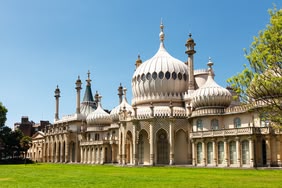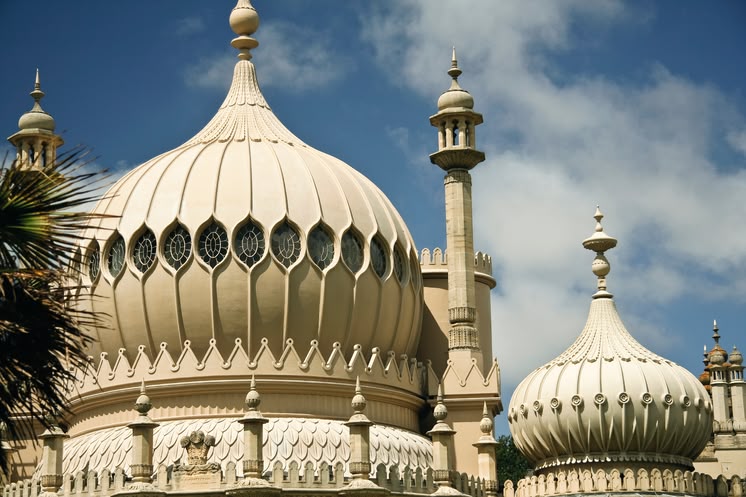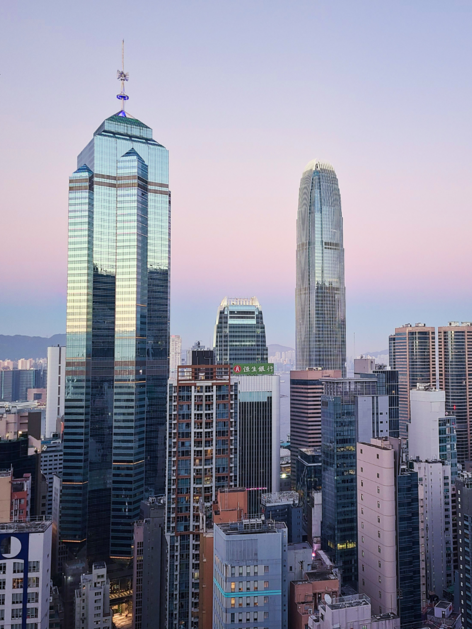Visiting the Royal Pavilion in Brighton is a must on your trip: having become a symbol of the city, it is a real landmark. Consider that the building is large but not too large, so at least an hour to an hour and a half will take you to appreciate each room to the fullest.
Among the absolute favorite areas is the Music Room, where you'll find nine lotus-flower chandeliers illuminating the room. There is no shortage of carved dragons on the domed ceiling, and red canvases on the walls. This room is large enough to accommodate an orchestra of seventy instruments.
Don't miss the Great Kitchen, or the palace kitchen. In its innovative modernity for its time, it turns out to be a real gem: think that it was already equipped with the equipment to steam, and had a constant supply of water.
Going up to the second floor you will find the apartment area, with the bedrooms of the royals. An incredible feature is the original bed of the king, who was severely overweight: the structure is equipped with state-of-the-art tilting technology that served to ease his movement when he stood up.
Also not to be missed is the main hall with the Long Gallery, a long interior walkway where you can admire paintings, artworks and exotic objects of various kinds. Finally, the Banquet Hall: immense and opulent, it is the real heart of Brighton's Royal Pavilion. This is where lavish royal parties were held, eating and drinking under an imposing chandelier 9 meters high and weighing a ton.
In short, walking inside the Royal Pavilion will allow you to step back in time and live, for a morning, in full royal style. And just outside find some healthy relaxation in the manicured green gardens surrounding the palace, where people like to stop er a picnic.





